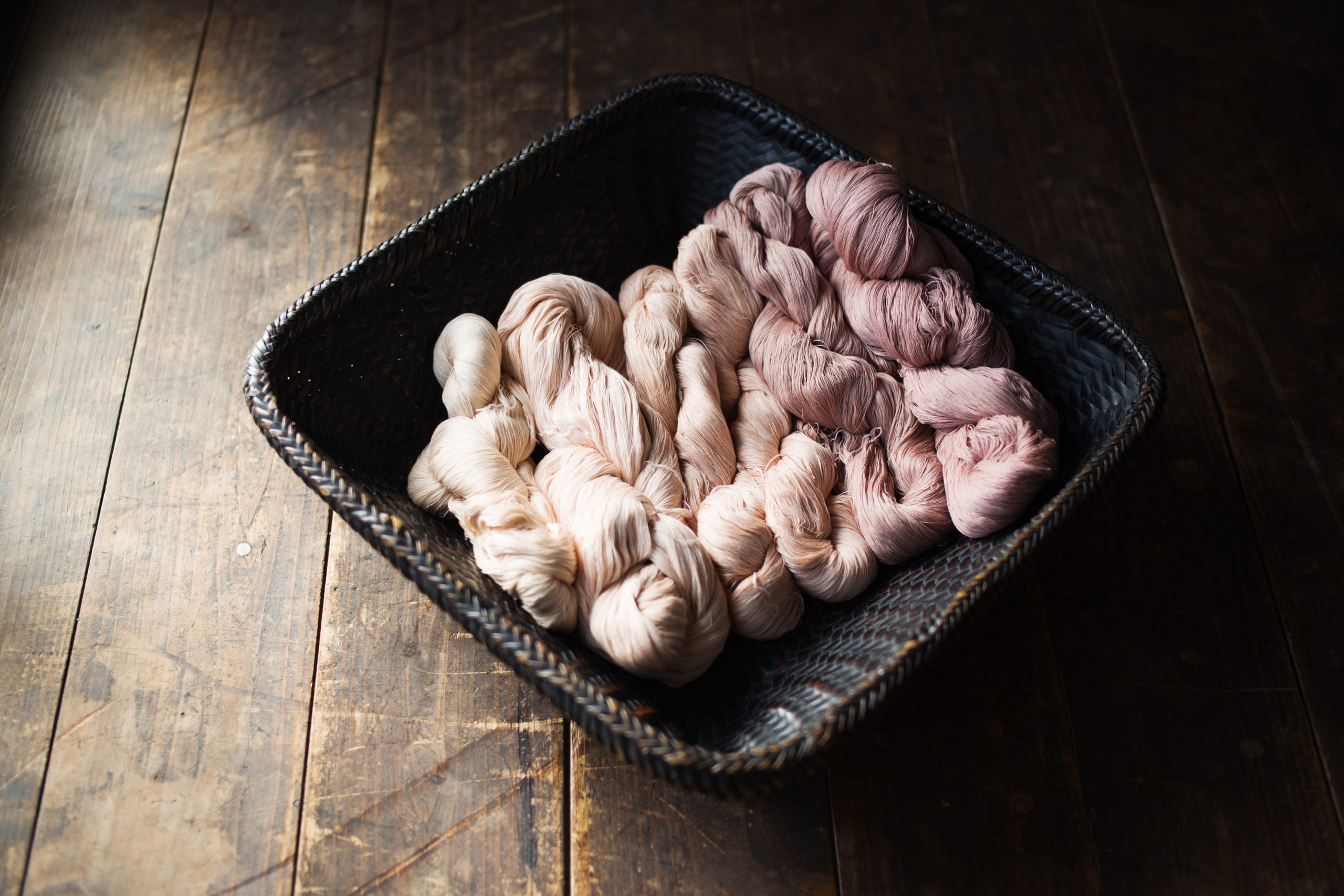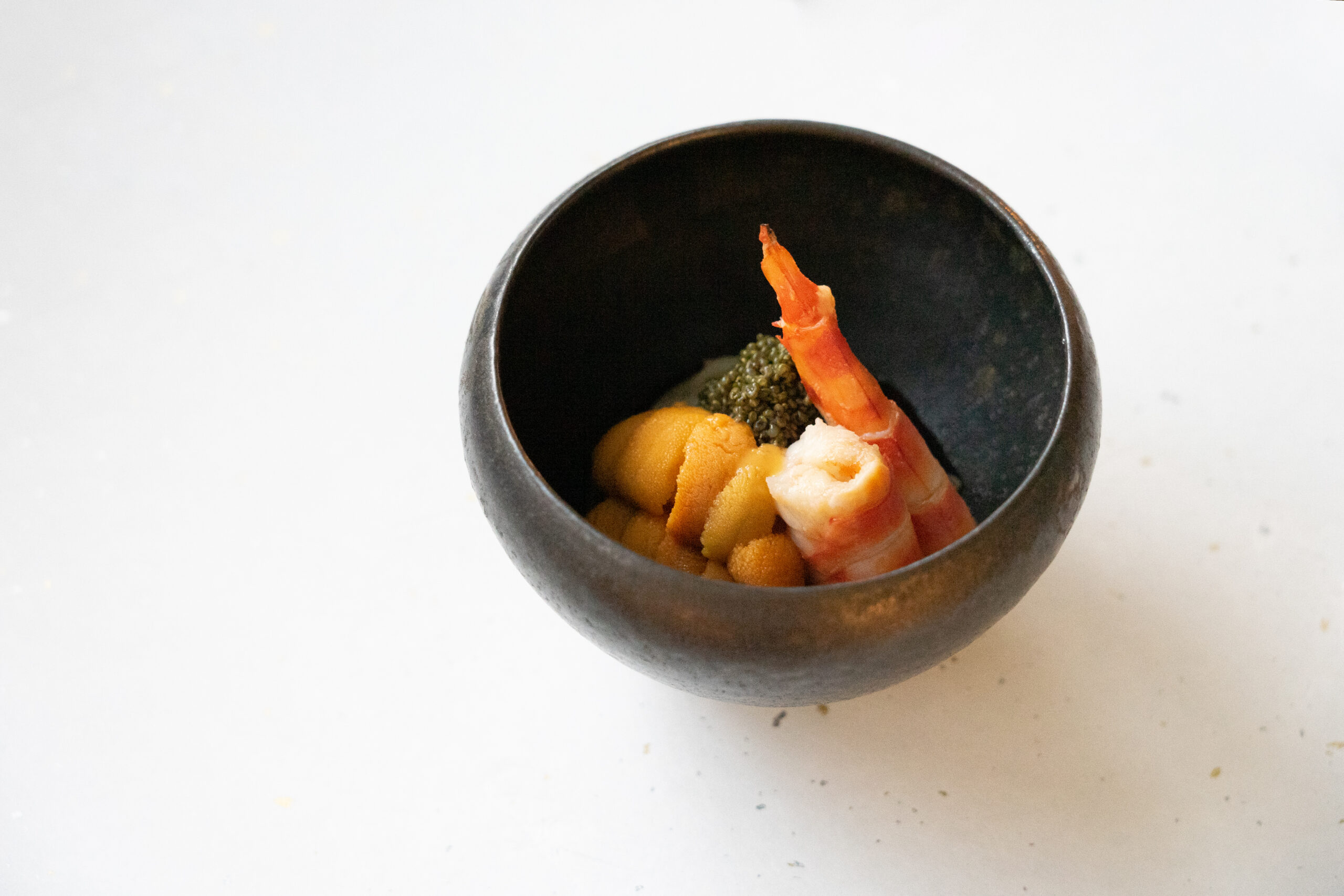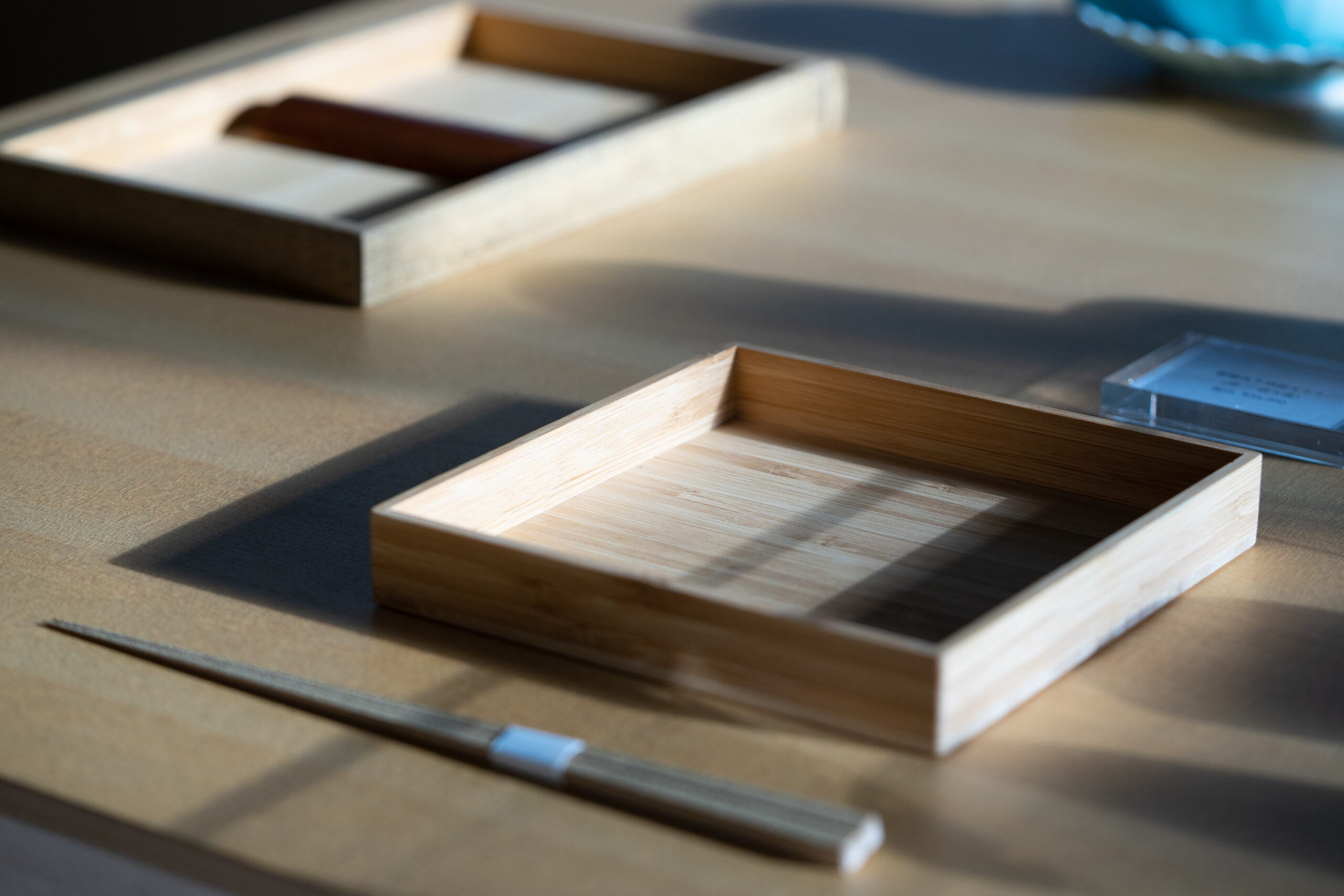“Color” is both a cultural and an aesthetic expression.
If each culture did not have its own perspective on color, the lines between cultures would be blurred, and their various arts and crafts would not have developed independently as they have. Even countries as geographically connected as those in Europe have their own unique cultures of color. Such color cultures have developed in a variety of ways, influenced not only by the natural environment, but also by religion, philosophy, and fashion. Japan, with its abundant nature and four distinct seasons, has developed cultures around color that cannot be found anywhere else. Sometimes beautiful flowers, like cherry blossoms, gave their names to colors while also adding depth to dull colors. Gold and silver, embodied in the Kinkakuji (Golden Pavilion) and Ginkakuji (Silver Pavilion) temples, bring to mind the 17th century Rimpa school of Japanese painting, and reflect a great deal of the Japanese aesthetic consciousness. To know a region’s colors is to know its aesthetic sense, and is an important element in understanding craftsmanship as well.
I have always been interested in the world of color, and have always wanted to try and learn more about it someday… but stepping into the world of craftwork and experiencing the world of Kusaki-zome (ed. – textile dyeing using natural plant and mineral elements rather than synthetic substances) has made me even more deeply interested in the beauty of Japanese colors than ever before. When I think of the colors of crafts, I think of sometsuke (blue and white) and aka-e (red) in ceramics, cinnabar and black in lacquer ware, and all the colors in woodblock prints; while in terms of reflecting the colors of Japanese plants and trees themselves, kusaki-zome is one of the most quintessential color expressions.
It was when I visited the workshop of Noriko Tsuiki, an artist of Kokura-ori (a textile art characterized by a three-dimensional gradation of vertical stripes), that I first encountered kusaki-zome. Noriko became fascinated by the beauty of Noh costumes when she was a university student, and started down the path of a textile artist. Later, she succeeded in restoring the art of Kokura-ori, which had been discarded in her hometown. Since then, she has been actively working from her base in Kokura, Fukuoka Prefecture, to reinvigorate and promote Kokura-ori. Noriko’s love of literature is evident in her world of color, which stretches as deep and wide as far as the eye can see. Each of her works is characterized by gradations of vertical stripes. In order to express a gradation, many shades of color are required for each color, and the process of dyeing each one itself takes a lot of time. Noriko’s studio is home to a large number of colored yarns, and when you think of the years it must have taken her to dye them, you cannot help but realize the tremendous breadth of color in nature. The word “blue” may be used as a single word for that image, for example, but there are countless other “blues” as well, such as gunjo (ultramarine), ruri (lapis lazuli), and konpeki (azure), and each one has its own meaning. The sensitivity of the person who first named the word “blue” is wonderful, but the relay of words that have been created to connect them across the generations is also beautiful.
Whenever I visit another country, I immediately notice the differences in smells and colors from what I am used to in Japan. As I reflect on such differences, I know that colors differ in part because of the effects of light and humidity as well as the colors of the objects themselves. It is fun to try to understand what things are considered to be the most beautiful in a country in relation to its environment. Transcending the barriers of different cultures and introducing Japanese crafts means that the colors of Japan have to cross the ocean, and gives us the opportunity to introduce the colors of Japan. I would like to curate an exhibition of Japanese crafts on the theme of Japanese colors someday – and I am sure that day is not too far away.



